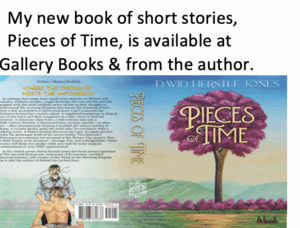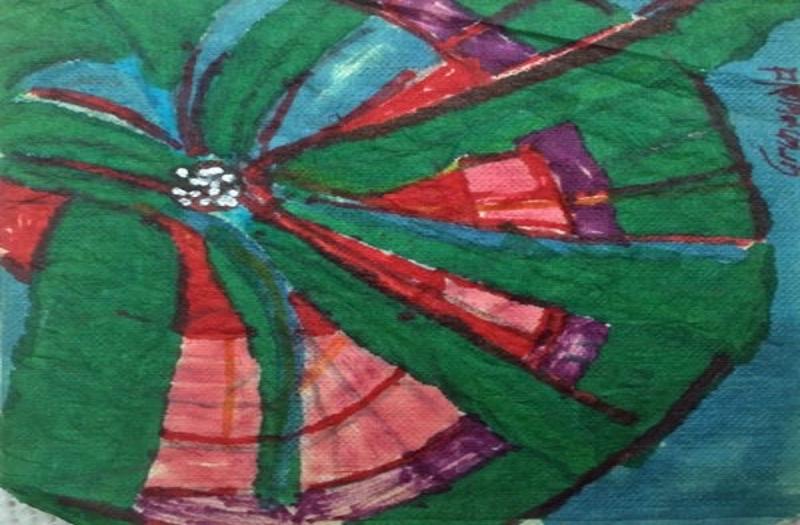
The only appropriate answer to “fiction or nonfiction? art or science?” is both.
Fiction is a simulator. It provides emotional knowledge. How does a character’s suffering, courage, cowardice, love, loss and redemption feel? It provides moral imagination. “What would it be like to live that life, what would I do, how might things turn out?” In fiction the author can destroy worlds, hearts, families—with no consequence—while the reader feels the weight of every choice.
Nonfiction is a map, not a simulator. It provides hard, transferable knowledge. It shows us how the world works, cause and effect. It constructs models and frameworks based on evidence. It grounds us.
Nonfiction teaches what people should do. Fiction teaches what people actually do.
David Foster Wallace said: “Fiction’s about what it is to be a fucking human being. If you operate, which most of us do, from the premise that there are things about the contemporary U.S. that make it distinctively hard to be a real human being, then maybe half of fiction’s job is to dramatize what makes it tough. The other half is to dramatize the fact that we still are human beings, now. Or can be…I just think that fiction that isn’t exploring what it means to be human today isn’t good art.”
Art expresses the human experience of reality. Science uncovers the rules of reality. Montaigne would say art and science are both expressions of human nature. Montaigne believed every human endeavor—math, poetry, war, friendship, memory—is just a reflection of our wandering, curious, contradictory minds.
They are both about beauty, but different kinds.
Nobel scientist Richard Feynman believed artists pursue visual or emotional beauty while scientists pursue logical and structural beauty.
Janna Levin, astrophysicist, novelist, and essayist, has spoken and written often about the relationship between science and art, and she argues almost the opposite of the stereotype: science isn’t the enemy of art—science is a creative art.
Investment strategist, portfolio manager, and author Robert G. Hagstrom wrote Investing: The Last Liberal Art. He says the best investors think like artists and scientists, not like narrow technicians. Investing is a “liberal art” because it draws from multiple fields: psychology, history, mathematics, physics, biology, sociology, literature, and art.
You don’t need to choose one answer (fiction, nonfiction; art, science), but you can. Generalists are more likely to produce breakthrough creativity. Specialists are more likely to produce incremental progress.
If success is mastery of a narrow domain, specialists often do best. The world needs brain surgeons. You don’t want a “Renaissance amateur” flying your plane. But, if success is creating a breakthrough innovation, generalists can excel. They mix ideas from art, science, psychology, philosophy, and storytelling. They challenge assumptions specialists accept.
Specialists excel at depth. Generalists excel at insight. Specialists solve the known problem. Generalists imagine the new one. Specialists perfect. Generalists invent.
Great figures like Da Vinci, Goethe, Poe, Beatrix Potter, Camus, Darwin, Gertrude Stein, Picasso, Maya Angelou, Margaret Atwood, and Steve Jobs were not great in spite of crossing disciplines, but because of it.
C. P. Snow (The Two Cultures, 1959) argued that modern society is split into two mutually ignorant cultures, scientists and literary intellectuals, and that the divide is dangerous. The divide persists with STEM and the humanities but, as I’ve argued above, it’s unnecessary. So, choose if you must but keep an open mind if you can. As Richard Feynman once said (stealing from Professor Walter Kotsching): “keep an open mind, but not so open that your brains fall out.”
Feynman on beauty
Im Begging You To Read Some Fiction (hat tip to my grandson Hayden for pointing me to the link and idea for this post

